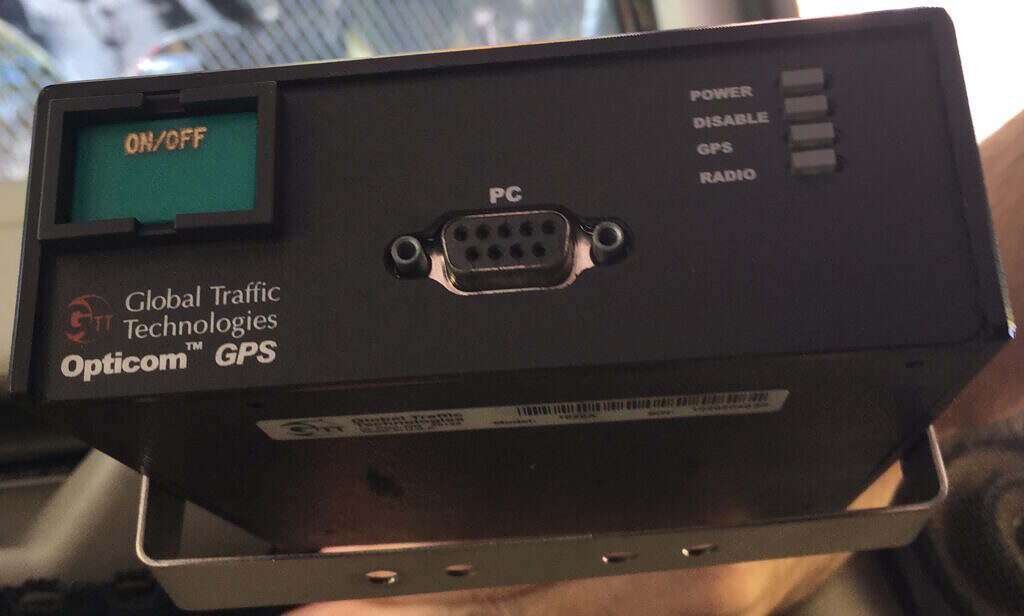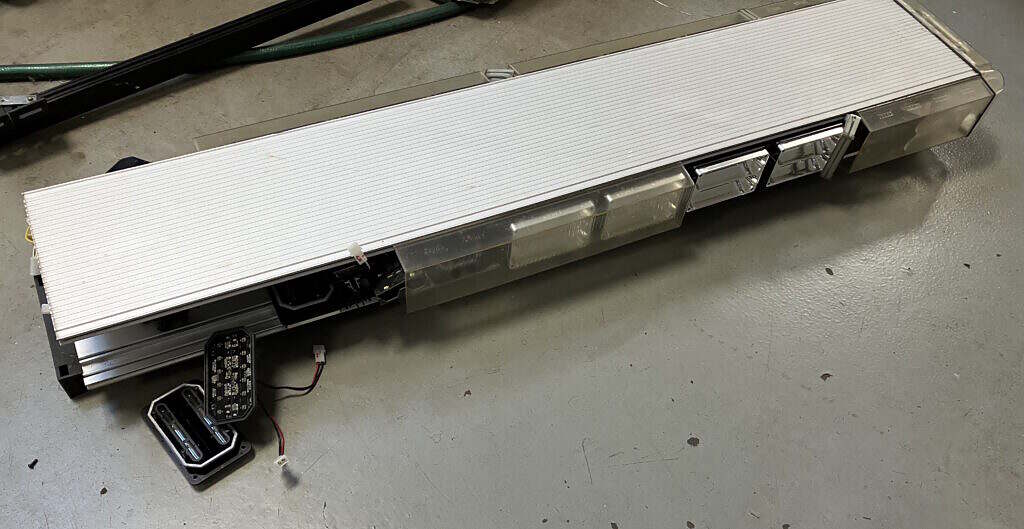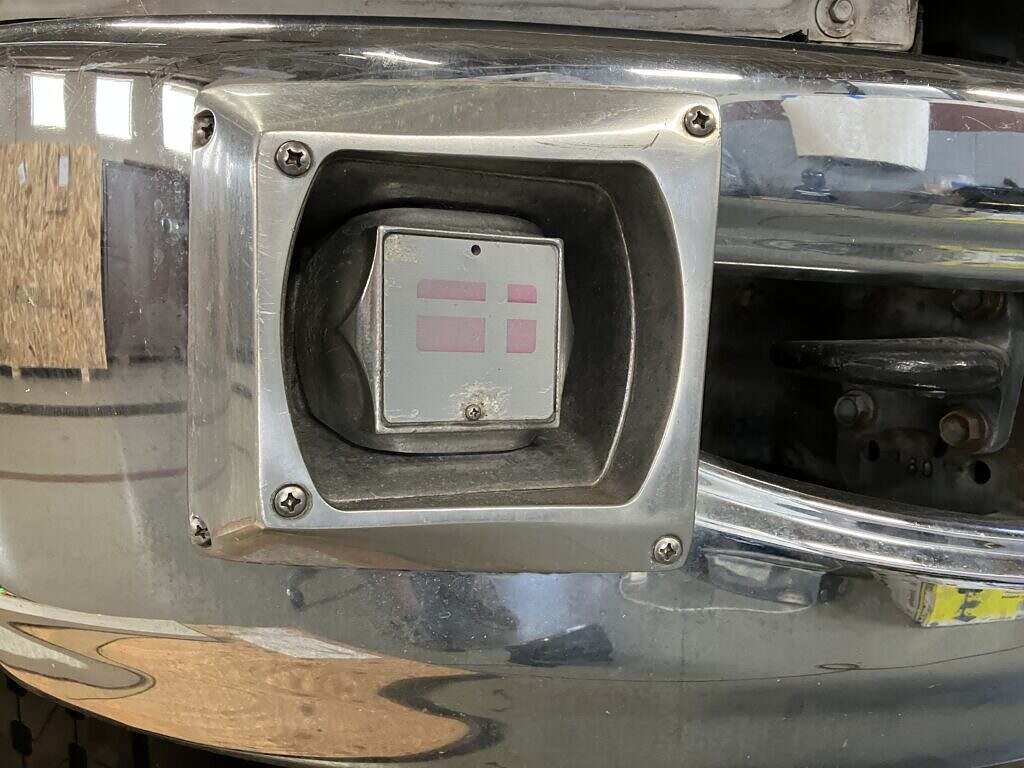The question has been asked more than once regarding the legalities of driving a former emergency vehicle. In short, it’s perfectly legal as long as you don’t try to run through traffic with lights and sirens going with some restrictions on the quantity and types of flashing lights that can be installed on the truck. In the past 20 years or so the laws have been expanded in many states to cover all first responders, which includes not only police but firefighters and paramedics. Obviously, we don’t want just anyone running red and blue or red and white flashing lights and sirens in order to get through traffic or pull people over. It’s not just the idiots who might do this, but also bad actors such as foreign and domestic terrorists seeking to take advantage of the inherit trust society places in first responders. Specific to ambulances, they cannot have the word “Ambulance” anywhere on the exterior, including, as is often done, printed backwards on the front edge of the hood so it reads correctly in people’s rear view mirrors. Whether it’s allowable to have the “Star of Life” logo or the words “Fire Rescue” are a bit of a grey area. However, during the decommissioning process those decals were removed from my truck so the decision was made for me. Even then, my truck still looks distinctly like an ambulance with it’s high visibility reflective red stripes, but I’m of the “It’s better to ask for forgiveness than permission” school of thought. If people mistake it for an ambulance and wave me into traffic, as they did several times on my trip from Florida to Michigan, then I’ll give them a friendly thank you wave and be on my way. I saw lots of state troopers from many different states and none of them gave me a second look.
Michigan laws governing emergency lights seem to be mostly concerned with specifying what various emergency vehicles must have. They do dictate limitations on the number and color of running board and side cowl lights, specially mentioning “objectionable glare”. There are also stipulations on the number and placement of flashing lights around the vehicle, or in fact, even possessing them. While I’m definitely not in compliance with these rules I’m going to kind of play it by ear and see how much I get hassled before I put a lot of effort into removing them. My feeling is as long as I’m not using the lights on public roads and calling attention to myself I don’t know how likely it is I’ll be targeted unless I come across an officer who’s a real stickler. If I do get pulled over I can easily demonstrate that none of the red or white strobes are functional and all that emergency-specific equipment in my truck was disabled by removing the controller box and amplifier, which controlled the flashing and siren patterns. Even then, if I do get a ticket, the penalty is merely a civil fine of up to $100. I am re-evaluating if I’m going to remount the lightbar on the cab prior to converting it to function as a trail light bar. I suspect having a disconnected light bar might be a bigger problem than a light bar that can be demonstrated to only function as a trail light without red or white strobes.
It seems law makers and law enforcement are most concerned about people pretending to be first responders. Specifically, there was a guy in Texas who took a retired ambulance and converted into a rolling strip club for hire he dubbed the “Slambulance” complete with stripper pole and flashing lights. In that case he was intentionally trying to make the truck look as much like as ambulance as possible because at the time there were no laws against it.
I also discovered my truck was equipped with an Opticom traffic control system or EVP (Emergency Vehicle Preemption), which would control traffic lights as the vehicle approached intersections to provide temporary right of way. This technology has been around since the 50’s and uses a roof-mounted infrared light to communicate with IR receivers at intersections, though the newer systems, such as the one in my truck can also use encrypted radio and GPS, depending on what a particular city has installed. While they left the control box, the city removed the roof-top transmitter and antennas, rendering the system useless as far as I can determine. Probably just as well as I don’t imagine it’s particularly legal for civilians to use such systems.

While the city also removed the light bar from the cab roof, they let me keep it and all the other red or white flashing light units were left in place as they would have otherwise left large holes in the bodywork. All the flashing light heads are LED, while the scene lights, which can illuminate the left, right and rear are halogen. While there is no way to currently control them from cab, upon removing a few of them I found I could light them up by simply applying 12V. The smaller units located around the waist of the truck will not flash without a controller, so they’re either on or off. The rooftop light bar and the larger head units actually have some built-in smarts and you can change the flashing patterns by applying 12V to one of the accessory wires. The main light bar is modular so it could be used in a variety of applications. For example, on my truck, the rear of the light bar is blocked by the module body so there are no lights on it facing rearwards. It has eight forward facing modules, that are either red or white and two additional corner modules on each side, which are white. The same light bar might also have been used on a police vehicle and therefore would have red and blue modules or on a tow truck or municipal vehicle (plow trucks, etc) and would have amber or green. In police cars, at least two of the forward facing modules are often configured as take-down lights, that are always on, even when the rest are flashing. They can also independently activate the side lights, which are known as alley lights.

The sirens in the front bumper appear to be nothing more than powerful weather-proof speakers. These also functioned as a public address system through the use of a dash-mounted microphone. Without that and an amplifier, I have no way to test them, but I’m assuming they work. Eventually I plan to do some experiments and see what happens if you just apply a voltage to them.

As for the emergency lights, I’m currently exploring the possibility of converting the red LEDs to white or amber and using them essentially as trail lights. So instead of flashing, they will be on or off. The main problem is the LED components inside the light units have no markings on them so other than the size form factor I have to do some testing to figure out the rest. I did remove the two front grill-mounted LED units as they had both red lenses and red LEDs.
I’m leaving the fender-mounted air horns in place. Though they’re “emergency” air horns, I think that is mainly marketing, as they seem just to be extra loud truck air horns as you might have on a locomotive. Each is rated at 125 decibels and are startling loud as I found out when I pressed an unlabelled button on the steering wheel. The steering wheel also has a standard horn button in the center, which operates the two electrically driven horns under the hood. There was also an auxiliary air horn button on the passenger side of the console so they could operate the horns. Being basically at head-level for the car ahead, I can’t wait to unleash them on some deserving inattentive driver.